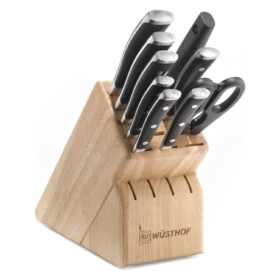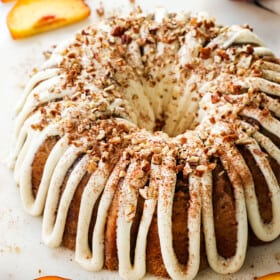Fruit desserts are always a treat in the summer! Some of our favorites include: peach cobbler, berry cobbler, strawberry crisp, fresh strawberry pie, key lime cheesecake, blueberry cheesecake, lemon blueberry cake, strawberry shortcake cake and of course this new peach cake recipe!
WATCH: How to Make Peach Pound Cake
Peach Pound Cake Ingredients
The Peach Cobbler Pound Cake can be divided into two parts- the cake and the frosting. Each are made with easy to find ingredients, most of which you probably already have on hand. Now just grab some ripe peaches and you’re all set. Let’s take a closer look at what you’ll need (full measurements in the printable recipe card at the bottom of the post):
FOR THE PEACH CAKE
FOR THE FROSTING
How to Tell If Peaches Are Ripe
Smell: A ripe peach will give off a sweet aroma, unlike unripe peaches which won’t smell like anything, which means they won’t taste like anything. Touch: A ripe peach should yield slightly, meaning there is some “give” when gently squeezed. To test, gently squeeze the peach with your whole hand and not just your fingertips – using your fingertips will bruise the fruit. If a peach feels firm or hard to your touch, it isn’t ripe yet. Purchase only if you plan to use the fruit several days in the future. The harder the peaches are, the longer they will take to ripen. Color: A ripe peach has a dark yellow color without any hints of green. Green is a tell-tell sign it is not ripe. A ripe peach is not necessarily red; red simply comes from direct sun exposure.
How to Ripen Peaches Quickly
Option 1: Add them to a brown bag with a banana, apple or kiwi and fold the top of the bag over so it’s sealed. These fruits release a lot of ethylene which triggers ripening in the peaches. Leave the bag closed on the counter for 1-3 days, depending on how ripe they were to begin with. Option 2: Keep the peaches in a warm, sunny place. To speed up the ripening process further, place the brown bag with the peaches and fruit in a warm place.
how to grease and sugar your pan
You will need a 10-inch, 12 cup nonstick Bundt cake pan for this peach pound cake recipe. You can get away with using nonstick cooking spray with flour to grease your pan, but I much prefer to grease and sugar my pan, to create a divine sugar crust like on a doughnut! Here’s how: If you would just like to grease and flour your pan, follow the same technique and omit the sugar but you’ll be missing that coveted crackling sugar crust!
How to Make Peach Cobbler Pound Cake
Step 1: Prepare your Bundt pan. As described above, grease a 12-cup Bundt pan with butter, then “flour” and “sugar” the pan. Step 2: Prepare the peaches. Chop the peaches into large chunks about 1/2-1-inch. Add the peaches to a bowl and toss with ¼ cup of flour. This will help the prevent the peaches from sinking to the bottom of the cake.
Step 3: Make the batter. Combine the dry ingredients in one bowl (flour, baking powder, baking soda salt, cinnamon, nutmeg and cloves) and the buttermilk and vanilla in another. In the bowl of your stand mixer fitted with the paddle attachment, beat the butter and sugars together for about 4 minutes. You want the sugar mixture to become light and fluffy! Add the eggs to the butter mixture one at a time, then add the dry ingredients alternating with the wet ingredients in thirds.
Step 4: Layer the peaches and the batter. Place a few clumps of the cake batter around the bottom of the pan, and firmly spread into an even layer (about ¼ of the batter). Top with ⅓ of the peaches. Repeat layering batter and peaches, finishing with the batter (I recommend 3 layers of peaches total). Smooth the final batter layer into an even layer. Drop the pan on the counter a few times to get rid of any air bubbles.
Step 5: Bake the cake. Bake the peach cake until a toothpick inserted in the center comes out clean (this could take up to 80 minutes, depending on how juicy your peaches are). Step 6: Cool the cake. Let the cake cool for 15 minutes in the Bundt pan before inverting onto a wire rack. Let it come to room temperature before adding the frosting.
Step 7: Make the cream cheese frosting. Once the cake has cooled to room temperature, beat together the softened cream cheese, butter, vanilla, milk, and powdered sugar until smooth. Pipe all over the Peach Cobbler Pound Cake.
I also recommend dusting with additional cinnamon and showering with chopped pecans – yum!
Use the correct size pan. You will need a 12-cup Bundt cake pan for this recipe. Make sure it is a nonstick pan in good condition otherwise your cake can stick. Grease the Bundt pan very well. Please be aware that older Bundt pans have a tendency to stick, especially if the coating has rubbed off in any area. If that is the case, you must thoroughly grease and flour your pan and not use cooking spray with flour. Chop the peaches large. The peaches break down as they bake, if they are any less than ½-inch they tend to get lost. So, error on the side of larger peach chunks. Use room temperature ingredients. Room temperature ingredients help the emulsion be more successful between the butter, sugar and eggs, or in other words, they will mix much easier together (so it’s harder to overmix and over-activate the gluten) and whisk to a higher volume which results in a softer peach pound cake with maximum volume. Room temperature eggs hack. Add warm (not hot) tap water to a bowl then add eggs (still in their shells) for at least 20 minutes. Don’t pack the flour. Whenever you measure flour, don’t scoop it into the flour bag/container or else the flour will compress; packed flour yields denser, drier pound cakes. Rather, scoop the flour into a measuring cup and then level. Use real butter. If you want the BEST peach pound cake, you must use real butter; margarine won’t have the same effect. Cream the butter and sugar until light and fluffy. One of the keys to a soft Peach Cobbler Pound Cake is to cream your sugar and butter until light and fluffy. You should beat your butter and sugar at medium – high speed for at least 3-5 minutes. I suggest setting a timer because 3 minutes will seem extra-long but you don’t want to cut it short. Don’t overbeat the batter. Once you add the wet and dry ingredients to the pound cake batter in thirds, stop mixing as soon as you see most of the streaks of flour disappear. Overmixing cake batter causes the gluten in the flour to form elastic gluten strands which result in a dense, chewy texture. Press the batter firmly around the peaches. You don’t want there to be pockets of air around the peaches, so make sure to push the batter down as you spread it into an even layer. Bake cake immediately: Don’t forget to preheat your oven, grease your pan and chop your peaches before you start making the cake batter. Once the baking soda is added to the wet ingredients, a chemical reaction begins. You need to take advantage of this reaction quickly before it passes otherwise your cake won’t rise as high or be as tender. Don’t peek at the cake! I know it is going to be difficult to not peek at your beautiful peach cake, but please don’t open the oven door. Opening the doors can cause your cake to cook unevenly and to fall. Don’t microwave cream cheese or butter. For the frosting, use cream cheese softened at room temperature, to room temperature. If you soften the cream cheese in the microwave, it can be too runny and will not pipe but just drizzle. Thicken the frosting as needed. If your frosting is too thin, I suggest popping it into the refrigerator for 15 minutes to thicken up, rather than adding additional powdered sugar which can make it too sweet.
Use frozen peaches. Let the frozen peaches thaw in a colander, drain off excess juices, then pat dry. Proceed with the recipe as written, noting the peaches may break down more in the cake. Use canned peaches. Drain the canned peaches one can at a time in a colander, stirring occasionally – but don’t rinse them or they will become waterlogged and make your pound cake a watery mess. Thoroughly draining the peaches is the most important part of using canned peaches otherwise your batter will be runny. Pat the peaches dry before proceeding with the recipe. Add berries. Swap out some of the chopped peaches with fresh berries. Use another stone fruit. For a different flavor altogether, substitute the fresh peaches with apricots or nectarines, or use a combo! Note, that different stone fruits contain varying amounts of moisture, so you may need to adjust the baked time. Make an orange cream cheese glaze. Substitute 1 to 2 tablespoons of the milk called for in the glaze with orange juice. Use caramel. Swap the cream cheese frosting for silky caramel instead. Skip the frosting. Top each slice with vanilla ice cream instead!
Tag @CarlsbadCravings and Use #CarlsbadCravngs Leave a Review, I Always Love Hearing From You!
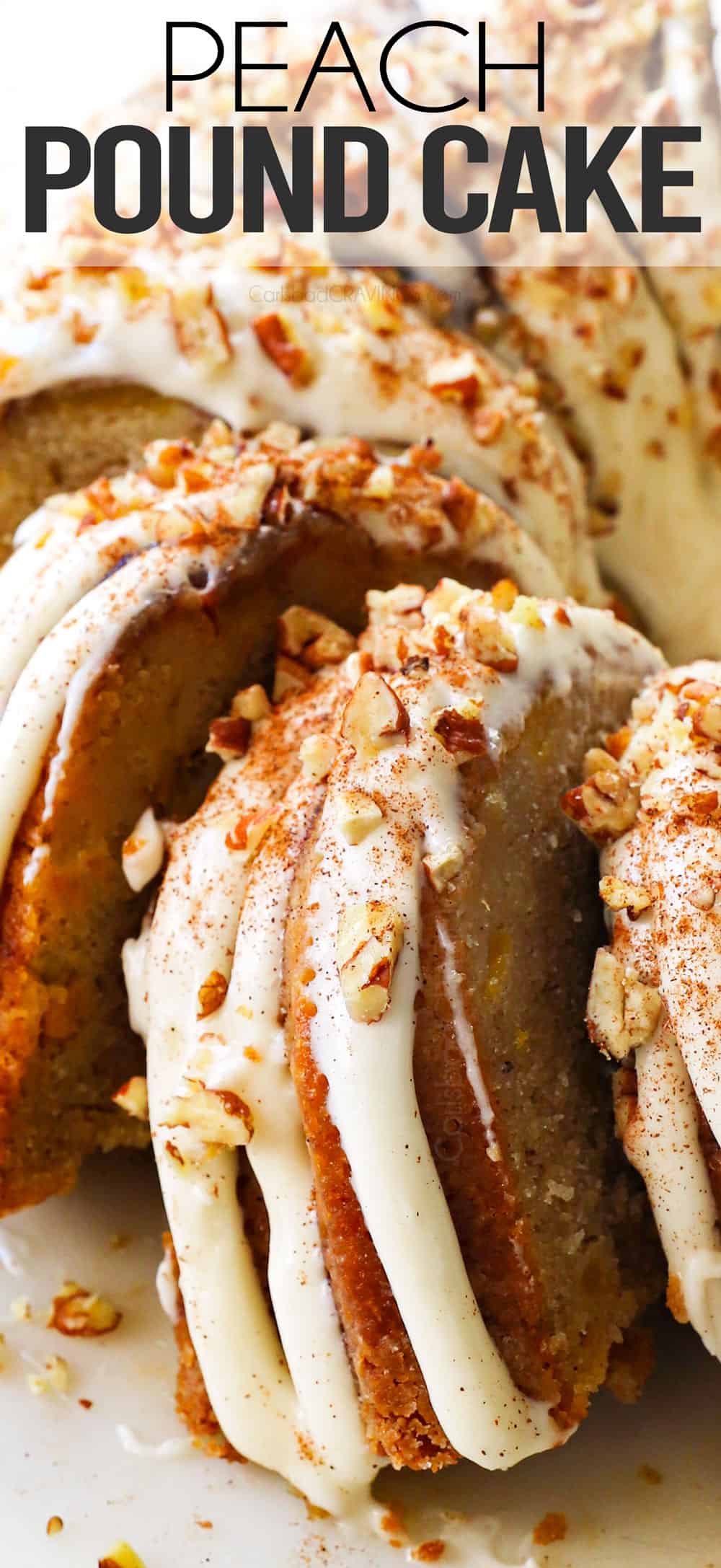

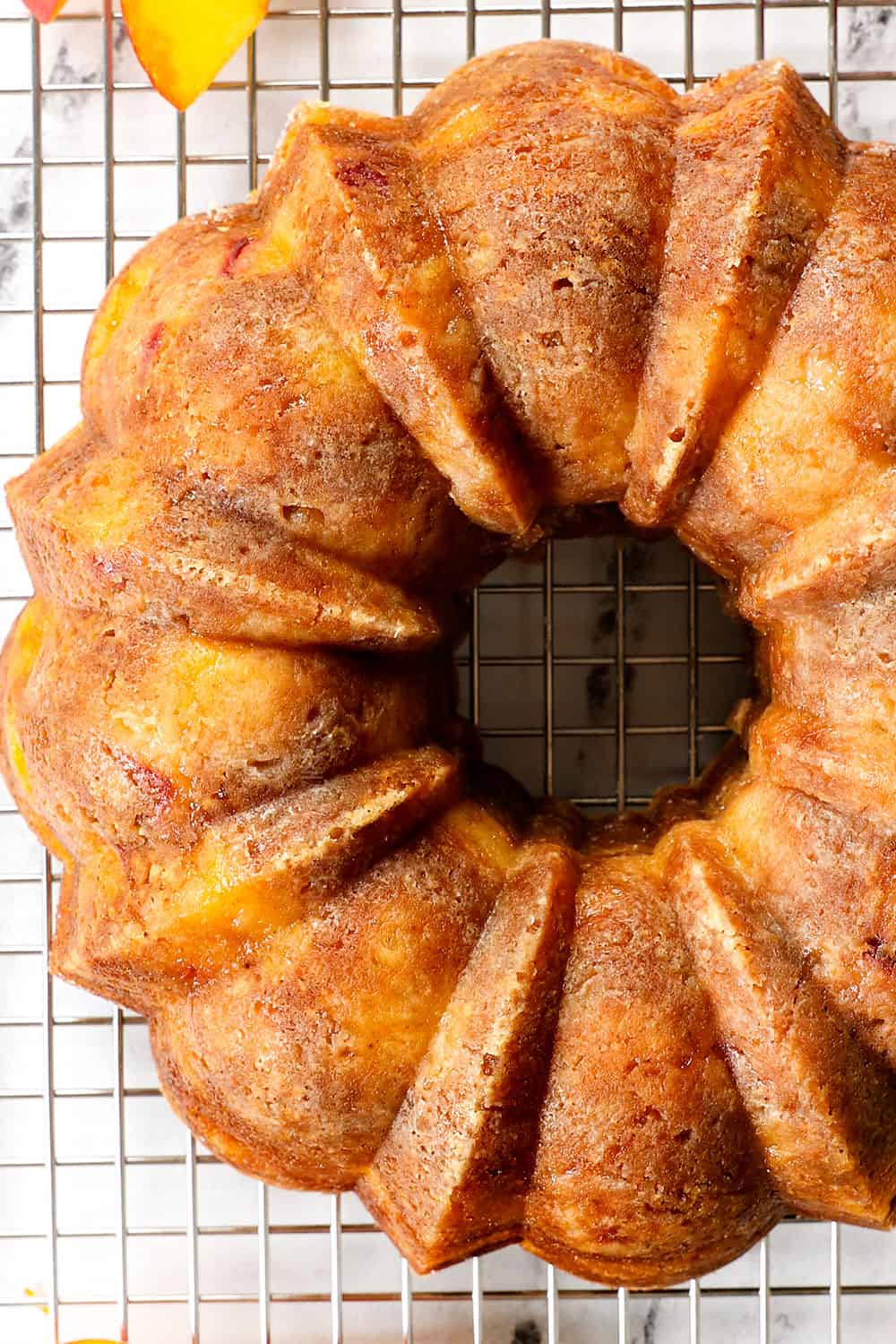

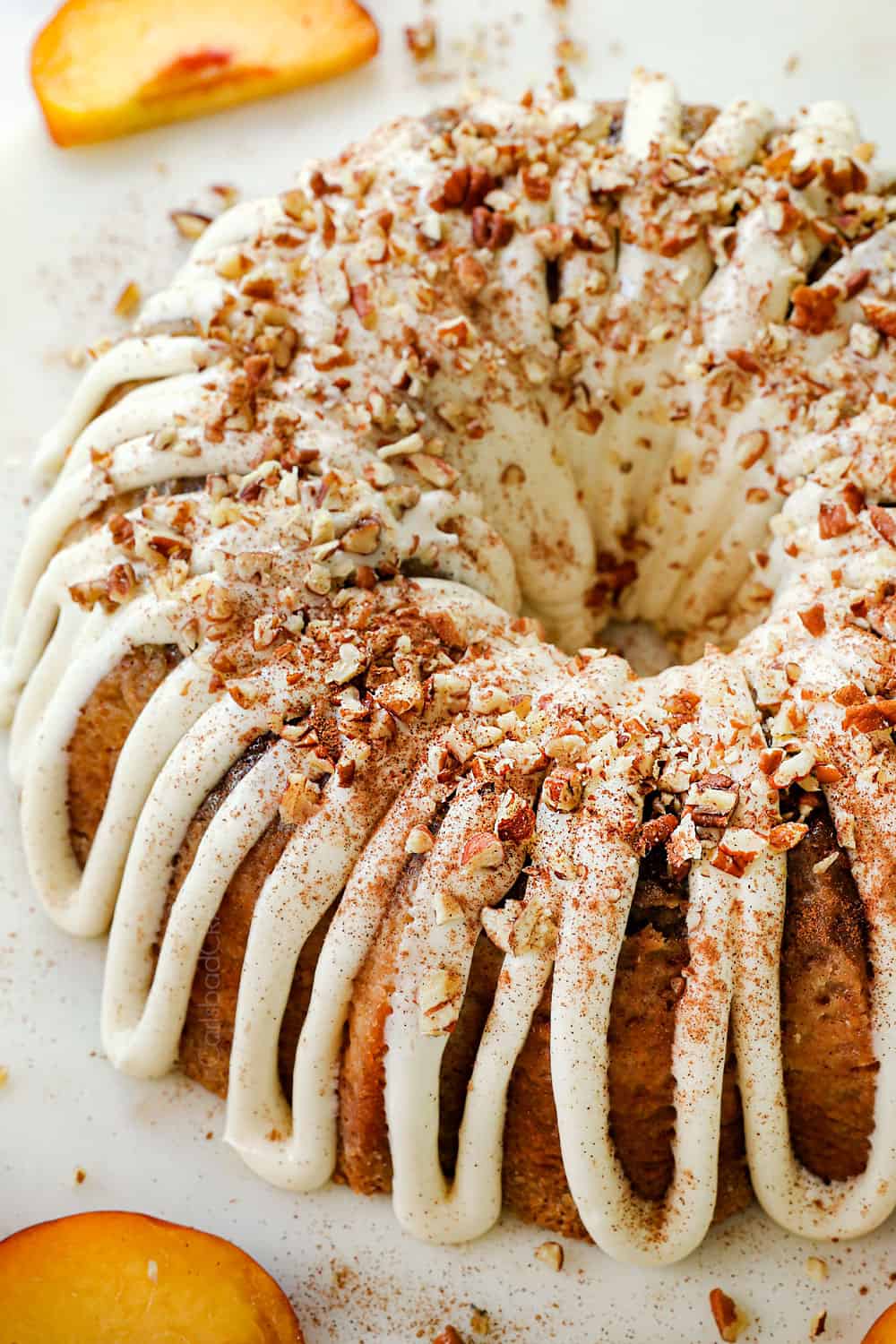




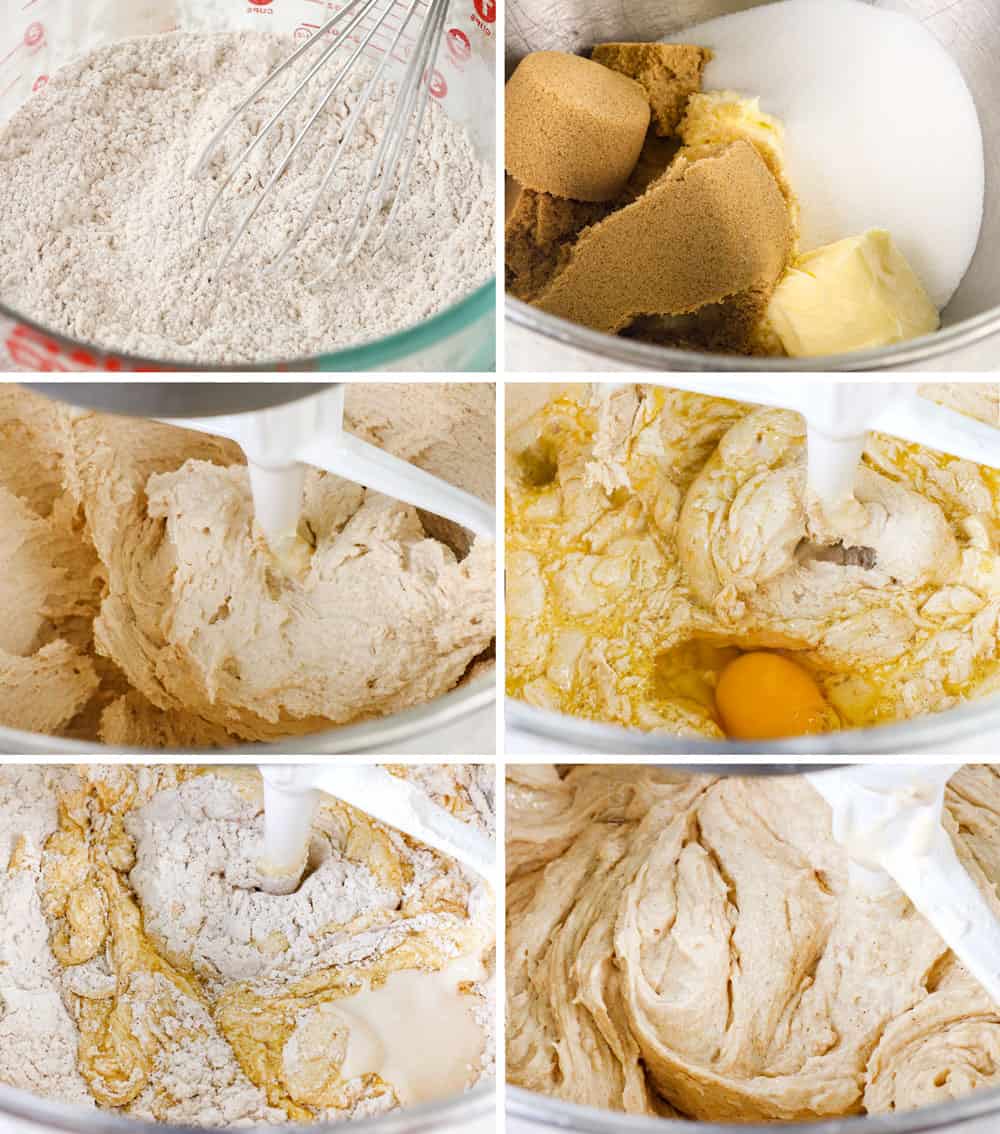
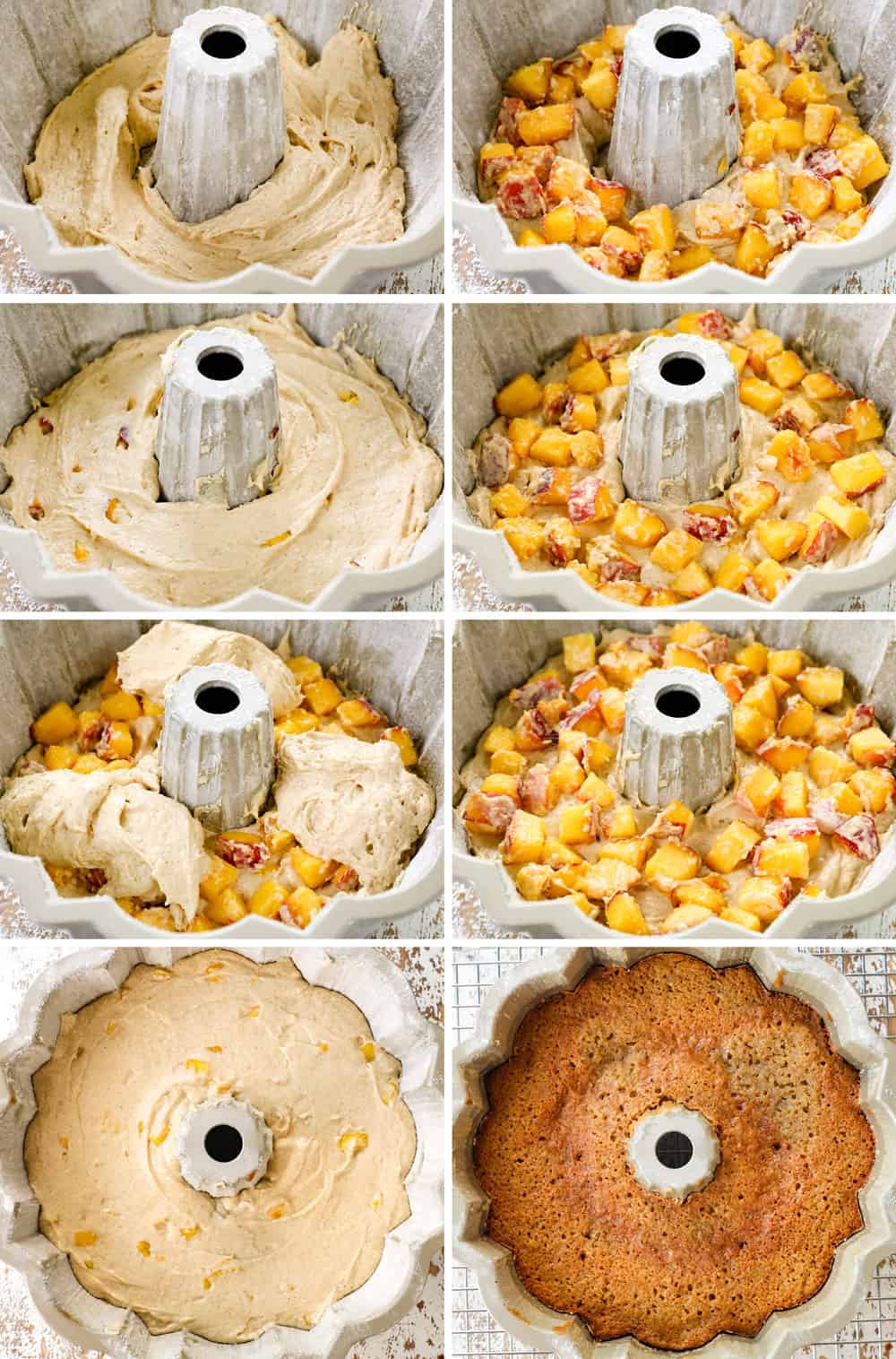

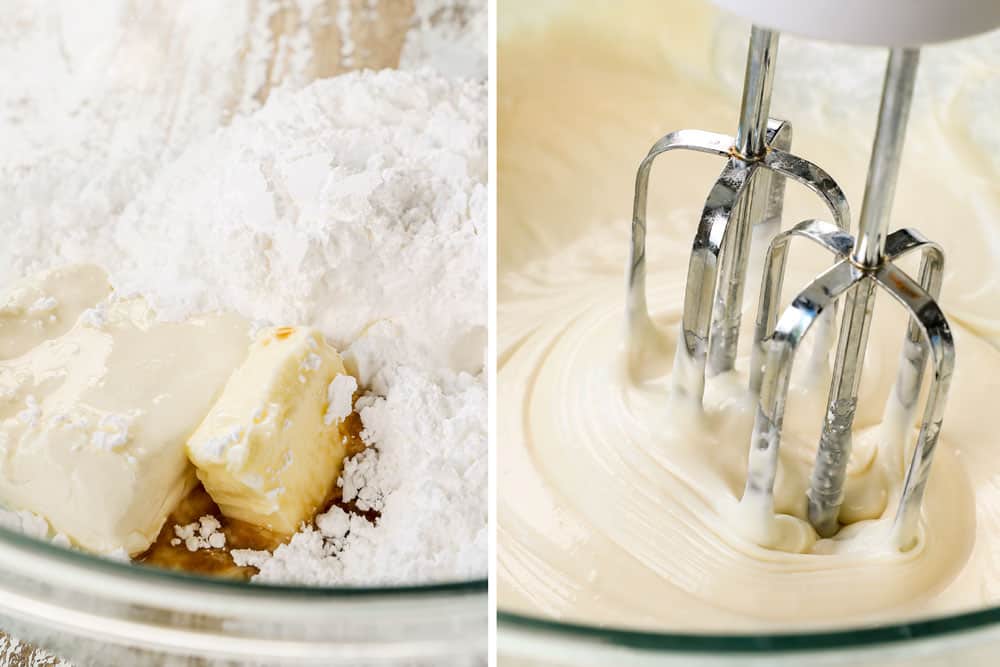



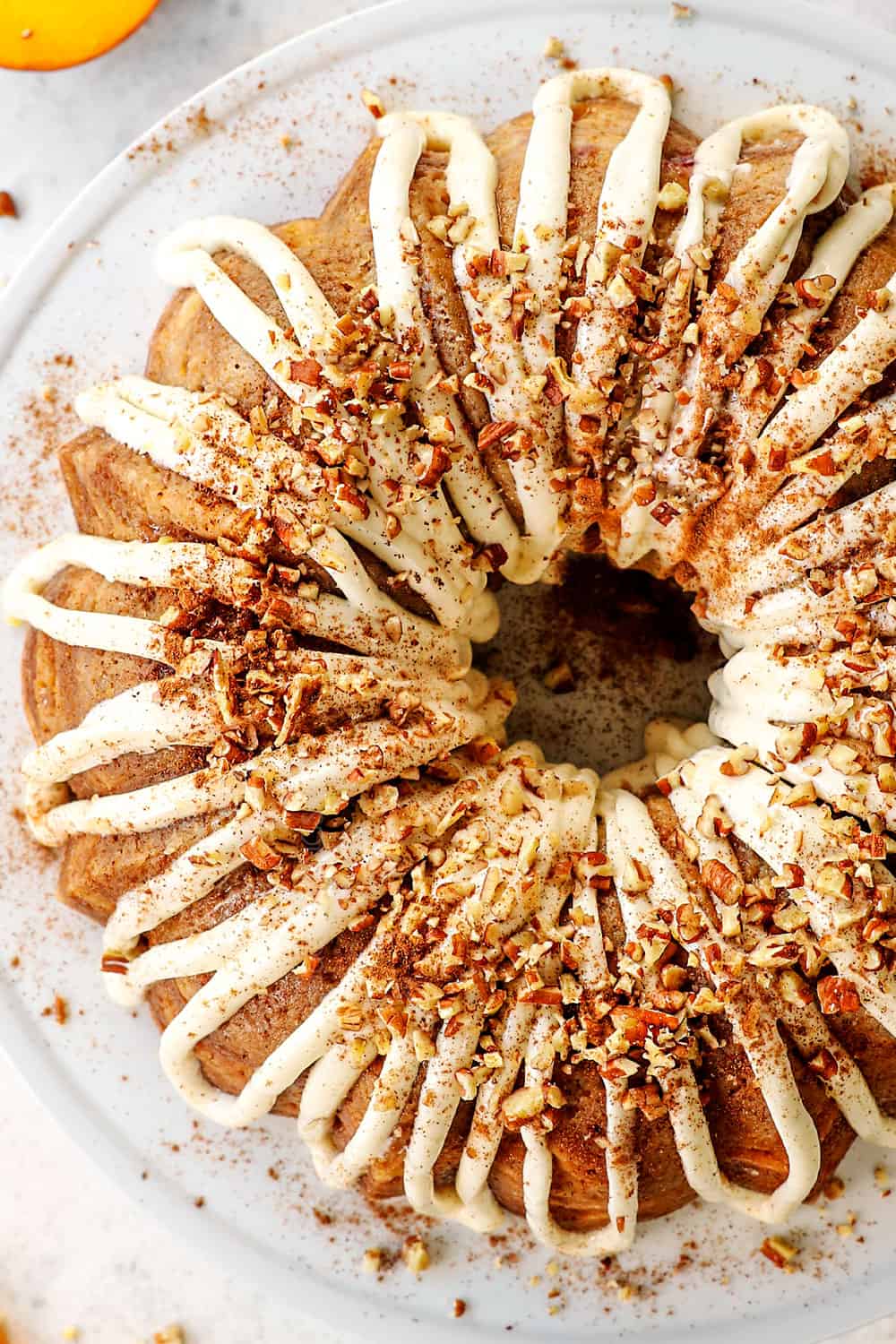


![]()
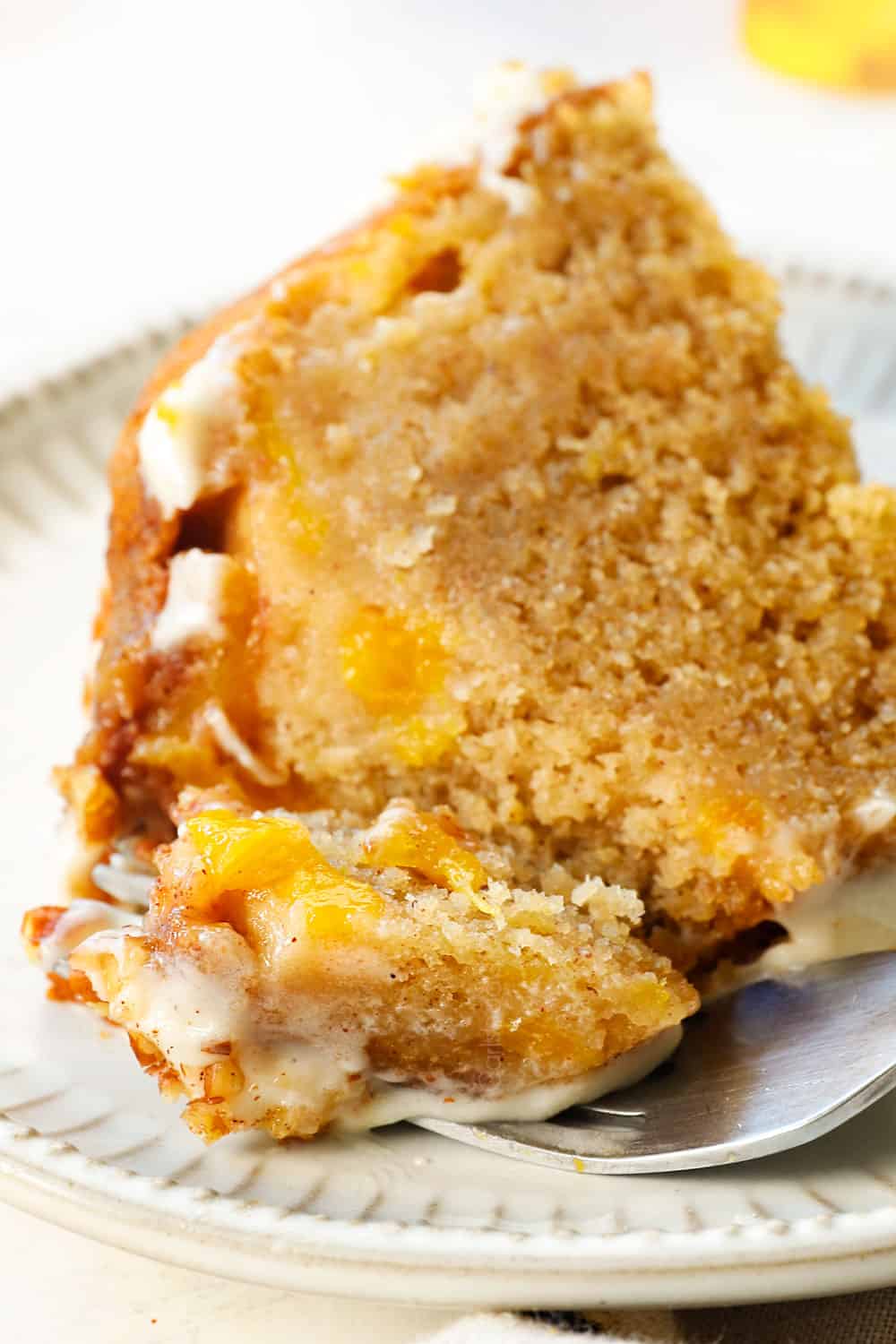

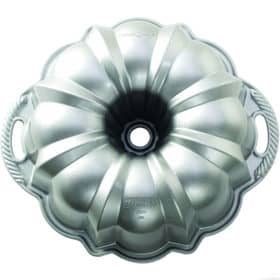


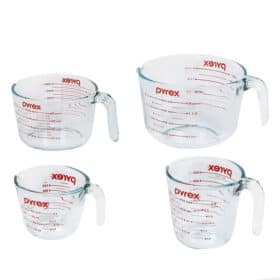
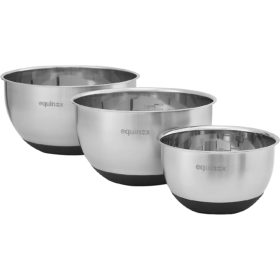
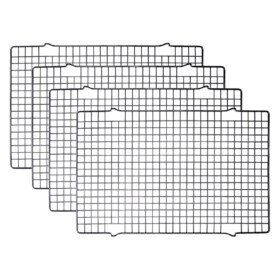
![]()
